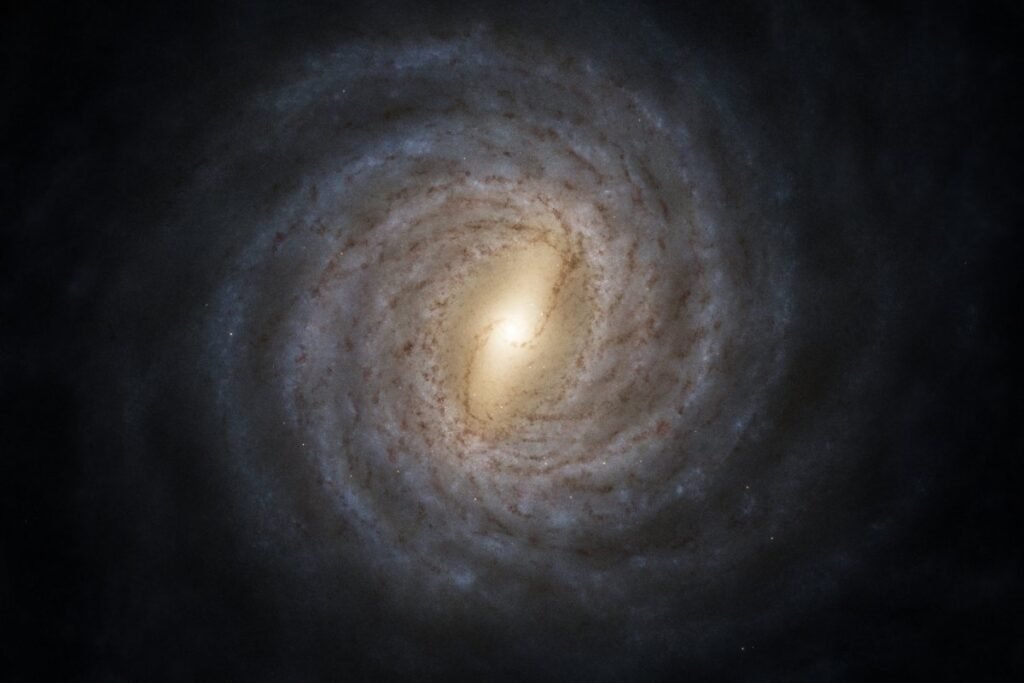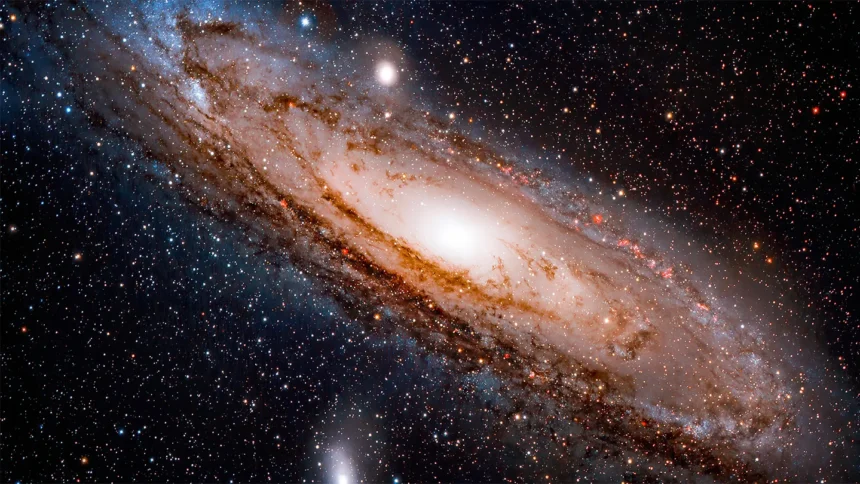Experience the Milky Way’s splendor during optimal viewing periods this summer and fall: June 28 – July 8, July 28 – Aug. 7, Aug. 26 – Sept. 6, and Sept. 24 – Oct. 5. Ensure to check sunset and sunrise times, crucial for maximizing dark hours. Complete darkness enhances the Milky Way’s visibility, offering breathtaking celestial views.
Optimal Conditions for Milky Way Viewing in Summer
During the summer months in the Northern Hemisphere, the Milky Way can be observed with the naked eye, provided one finds nights that are free from moonlight and skies that are clear and devoid of light pollution. This celestial spectacle is most striking when viewed under these ideal conditions, allowing observers to marvel at the galaxy’s intricate beauty without the aid of a telescope.

Prime Time for Milky Way Observation
In July and August, those in the Northern Hemisphere have a prime opportunity to witness the Milky Way’s luminous core. This spectacle unfolds under clear skies, offering a breathtaking view of billions of stars spanning the nocturnal expanse.
Accessibility of Milky Way Viewing in North America and Europe
Majority of individuals in North America and Europe are unable to witness the Milky Way unless they venture to locations with minimal light pollution. Furthermore, clear nights with minimal moonlight are rare, occurring approximately 10 days each month during the summer. Consequently, it’s unsurprising that an estimated 80% of North Americans have never had the opportunity to observe the Milky Way firsthand.
Times and Seasons for Milky Way Viewing
Your geographical latitude on Earth plays a role, but generally, observing the Milky Way varies throughout the year. From March to June, it’s visible in the early morning hours, requiring early risers—around 4 a.m., for instance. From July to early October, however, the Milky Way becomes an evening spectacle, visible after sunset, making it accessible for more convenient viewing times as the year progresses.
Additional Considerations for Milky Way Viewing
In addition to timing and seasonal shifts, other crucial factors affect optimal Milky Way observation. Clear, moonless nights are essential, particularly during the 10 nights surrounding the new moon phase. This period, spanning from the last quarter moon to three nights after the new moon, ensures minimal moonlight interference, making it ideal for experiencing the Milky Way against a darkened sky.

Milky Way Visibility Across Hemispheres
According to Capture The Atlas, observers in the Northern Hemisphere can typically view the Milky Way from March through September. Conversely, those in the Southern Hemisphere enjoy an extended viewing window, spanning approximately one additional month on either side of this period.
Perfect Periods for Milky Way Observation
For prime Milky Way viewing experiences this summer and fall, consider the following dates:
- June 28 – July 8
- July 28 – August 7
- August 26 – September 6
- September 24 – October 5
These periods are ideal due to minimal moonlight, enhancing visibility of the Milky Way. Additionally, be mindful of sunset and sunrise times, especially during July and August, as they dictate the duration of darkness essential for optimal viewing conditions. Complete darkness ensures the best possible view of the Milky Way against the night sky.








